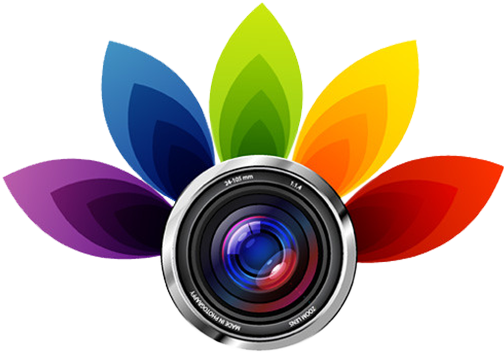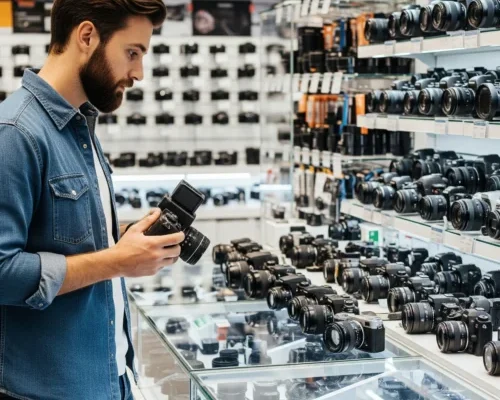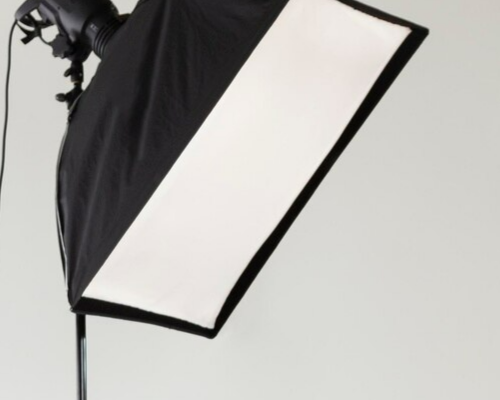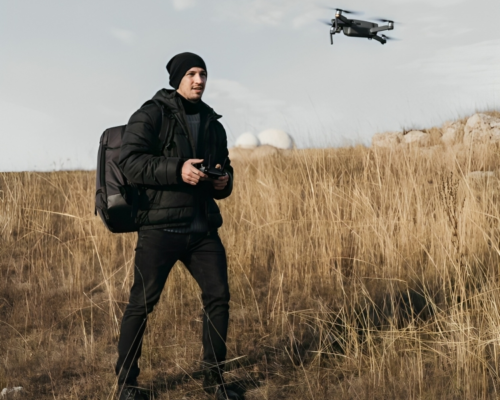Finding your dream camera can be tricky with so many models and features out there…
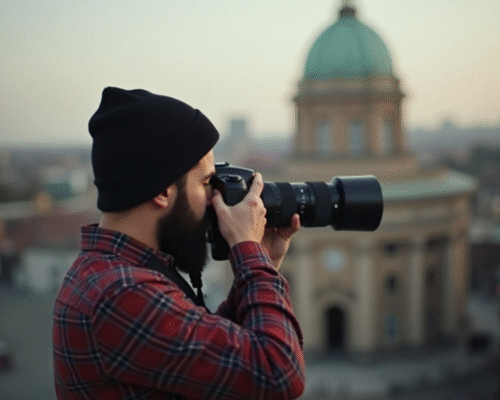
Telephoto Lenses for Taking Breathtaking Views
Telephoto lenses are the perfect tool for photographers who want to get a closer look at distant subjects. These lenses let you zoom in on faraway objects, making them appear much closer and clearer. Even if you are photographing wildlife, sports, or landscapes, a telephoto lens helps you take great photos from a distance. With a telephoto lens, you can easily focus on details that would otherwise be hard to reach.
Using a telephoto lens can also help make your photos look sharp and focused, even when the subject is far away. They allow you to shoot subjects that are hard to approach, like animals or athletes in action, without disturbing them. If you like capturing beautiful scenes or special moments, a telephoto lens helps you take great shots from far away.
What Are Telephoto Lenses
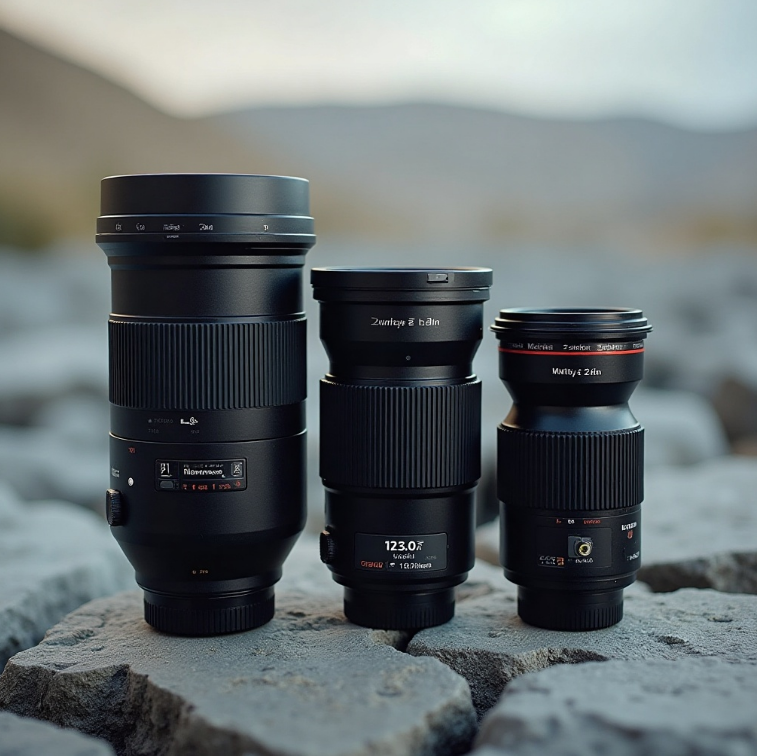 Telephoto lenses are a special type of camera lens designed to take clear and sharp photos of objects or subjects that are far away. Telephoto lenses have a long focal length, allowing you to zoom in on faraway subjects and make them look closer. They’re great for taking pictures of things you can’t get close to, like animals or distant views.
Telephoto lenses are a special type of camera lens designed to take clear and sharp photos of objects or subjects that are far away. Telephoto lenses have a long focal length, allowing you to zoom in on faraway subjects and make them look closer. They’re great for taking pictures of things you can’t get close to, like animals or distant views.
A typical telephoto lens has a focal length of around 85mm to 800mm. The longer the focal length, the more magnification the lens can provide. The main benefit of a telephoto lens is that it lets you take close-up shots of distant subjects without having to move closer. This is useful for many different types of photography, including wildlife, sports, and landscape photography. For example, if you’re taking a photo of a bird, a telephoto lens lets you stay far away but still capture a clear shot.
The design of a telephoto lens differs from standard lenses. The longer focal length allows the lens to focus on faraway objects by bending light at a more dramatic angle. Inside a telephoto lens, there are multiple lens elements that work together to focus the light properly. This allows telephoto lenses to create sharp and detailed images even at long distances. Telephoto lenses are bigger and heavier than regular lenses, making them harder to carry. Some also have features like image stabilization to reduce blurriness when shooting from far away.
Benefits of Telephoto Lenses
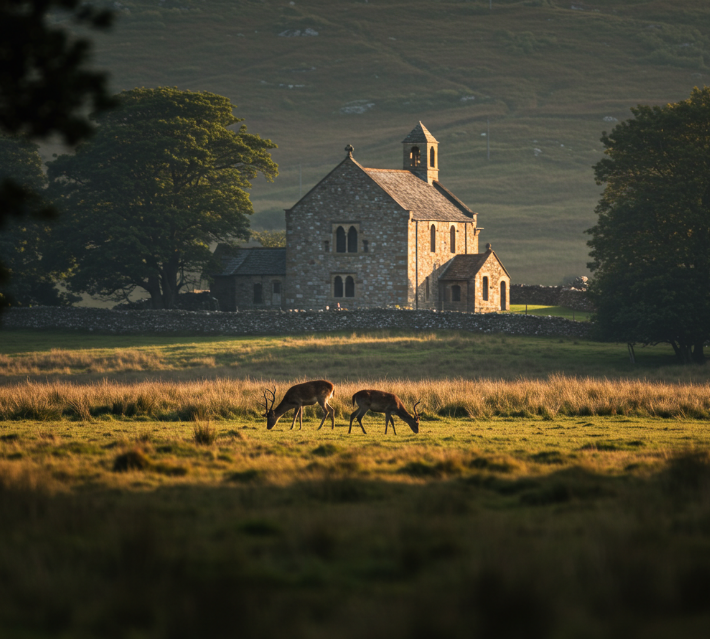 There are several key benefits of using telephoto lenses in photography. One of the most significant advantages is their ability to bring distant subjects closer. This is especially useful when photographing wildlife or taking action shots at a sports event. A telephoto lens lets you take clear pictures of animals, athletes, or faraway scenes without getting close. It’s safer and easier, especially in nature photography, where getting too close to animals can be dangerous or stress them out.
There are several key benefits of using telephoto lenses in photography. One of the most significant advantages is their ability to bring distant subjects closer. This is especially useful when photographing wildlife or taking action shots at a sports event. A telephoto lens lets you take clear pictures of animals, athletes, or faraway scenes without getting close. It’s safer and easier, especially in nature photography, where getting too close to animals can be dangerous or stress them out.
Another benefit of telephoto lenses is their ability to create beautiful background blur, also known as “bokeh.” This effect happens when you focus on the subject and blur the background, making the subject stand out clearly. In portrait photography, telephoto lenses make the person stand out and blur the background, making the photo look clean and professional. The blurry background allows the viewer to focus solely on the person or object in the foreground. It also helps in reducing distractions in the background, leading to a more pleasing and less cluttered composition.
Telephoto lenses are also great for taking detailed shots from a distance. For instance, a telephoto lens is excellent for architectural photography. It allows you to photograph tall buildings or structures from a far distance while still getting sharp, clear details. It is also great for shooting detailed landscape scenes such as mountains or distant trees. The lens will allow you to zoom in on a specific part of the scene and showcase intricate features that would be hard to photograph with a standard lens. Photographers can use telephoto lenses to create compelling compositions with unique perspectives by isolating specific elements in a wide scene.
How Telephoto Lenses Work
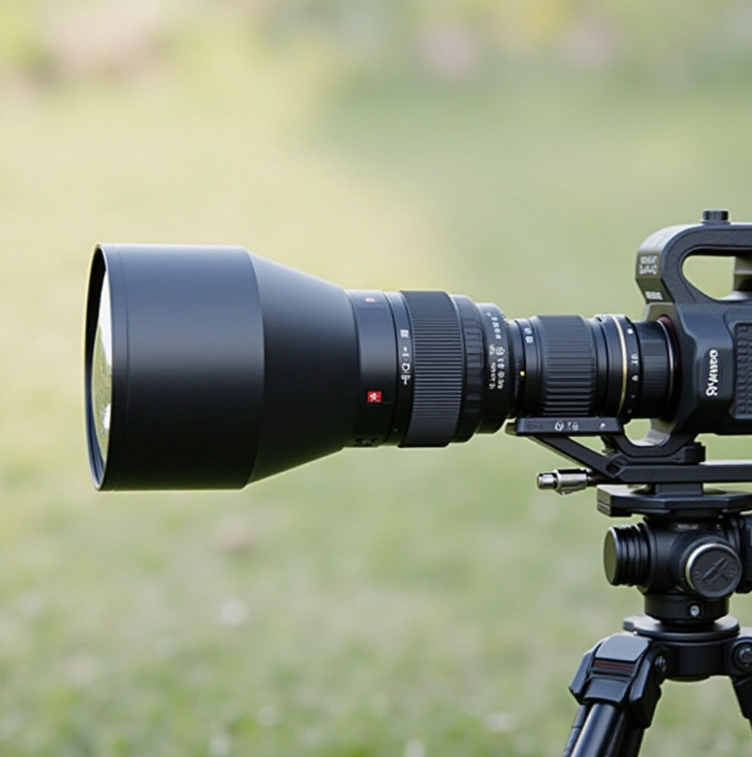 Telephoto lenses work by utilizing a longer focal length to magnify subjects that are far away. The main difference is that telephoto lenses can focus on faraway objects, making them look closer and bigger. They have special lens parts that work together to direct light and help focus on faraway subjects.
Telephoto lenses work by utilizing a longer focal length to magnify subjects that are far away. The main difference is that telephoto lenses can focus on faraway objects, making them look closer and bigger. They have special lens parts that work together to direct light and help focus on faraway subjects.
A telephoto lens zooms in on a specific part of the scene by reducing the angle of view. This is why telephoto lenses are often used for shooting distant subjects like animals or athletes in motion. Telephoto lenses let you take close-up shots without getting closer to the subject. This is beneficial in situations where getting too close might be dangerous or impractical.
The magnification created by a telephoto lens is achieved by having a larger lens with a longer barrel. Light goes through different glass parts in the lens, which bend the light and focus it onto the camera’s image sensor. These lens elements work together to give you the best possible image quality, even when shooting at long distances. Telephoto lenses are usually heavier and more expensive than regular lenses because of their size and design.
Choosing the Right Telephoto Lens
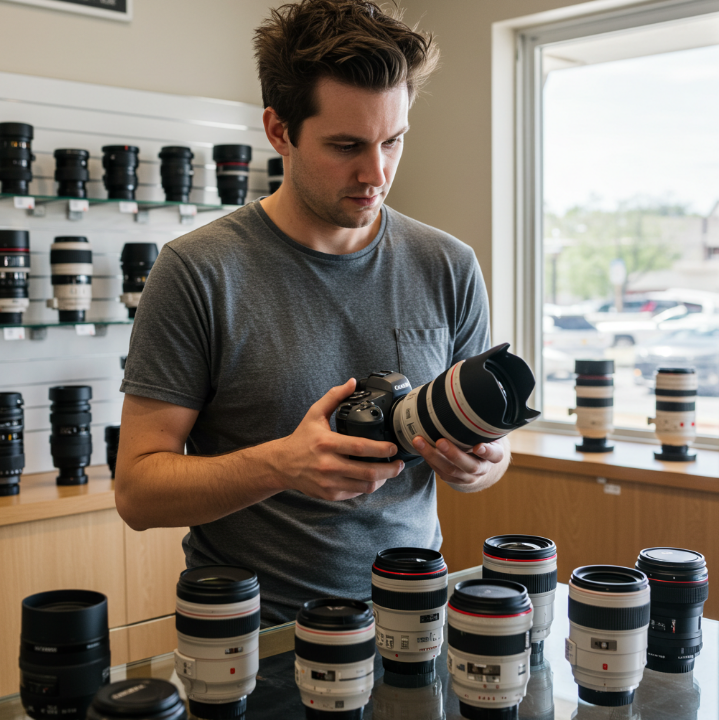 When choosing the right telephoto lens, the most important factor to consider is the focal length. A lens with a shorter focal length, such as 70-200mm, is ideal for everyday use and is more portable. This type of lens is great for portraits, outdoor events, and general photography. A medium telephoto lens can zoom in on faraway subjects but is easier to carry and lighter.
When choosing the right telephoto lens, the most important factor to consider is the focal length. A lens with a shorter focal length, such as 70-200mm, is ideal for everyday use and is more portable. This type of lens is great for portraits, outdoor events, and general photography. A medium telephoto lens can zoom in on faraway subjects but is easier to carry and lighter.
For more specialized photography, such as wildlife or sports photography, you may need a longer focal length, such as 300mm or 400mm. These lenses allow you to zoom in on subjects from a far distance without disturbing them. They’re great for photographing animals in the wild, where getting too close might scare them or affect their behavior.
Another factor to consider is the aperture size of the lens. The aperture determines how much light the lens can gather, which affects how well the lens performs in low-light situations. Lenses with a larger aperture, like f/2.8, let in more light, making them better for low-light situations. Lenses with a smaller aperture, like f/5.6, let in less light but are more affordable and work well in daylight.
Best Uses for Telephoto Lenses
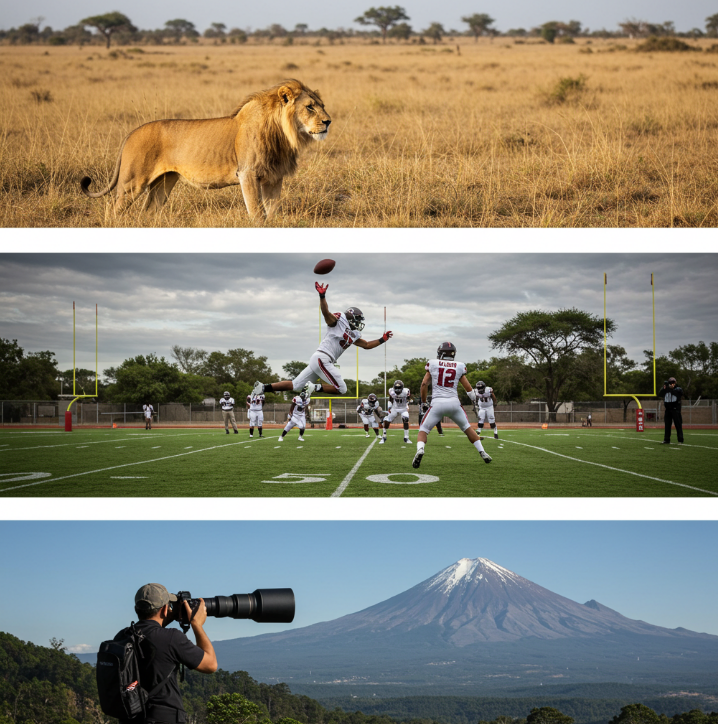 Telephoto lenses are used in many types of photography to help bring distant subjects closer. One of the best uses for telephoto lenses is wildlife photography. When photographing animals in the wild, it’s important to keep a safe distance. A telephoto lens allows you to zoom in on animals without getting too close and potentially disturbing them. The lens helps capture clear, detailed photos of the animal, showing its natural behavior.
Telephoto lenses are used in many types of photography to help bring distant subjects closer. One of the best uses for telephoto lenses is wildlife photography. When photographing animals in the wild, it’s important to keep a safe distance. A telephoto lens allows you to zoom in on animals without getting too close and potentially disturbing them. The lens helps capture clear, detailed photos of the animal, showing its natural behavior.
Sports photography is another area where telephoto lenses are useful. Athletes are often moving quickly, and telephoto lenses allow photographers to zoom in on the action from a distance. Telephoto lenses are great for big events like football games or marathons, where you can’t get close to the participants. They help you capture specific moments clearly, even from far away.
Landscape photographers can also benefit from using telephoto lenses. Wide-angle lenses are good for big landscape shots, while telephoto lenses are better for focusing on specific parts of the scene. For example, you can use a telephoto lens to zoom in on a distant mountain peak or a lone tree in the distance. This creates a unique perspective and allows for more creative compositions in landscape photography.
Tips for Using Telephoto Lenses
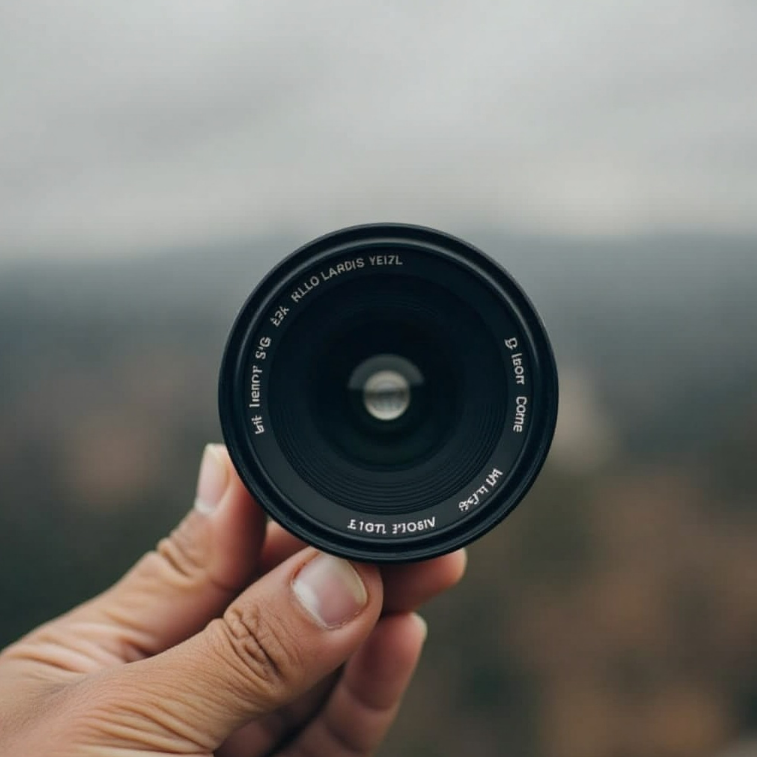 Using a telephoto lens can be challenging, especially because they tend to amplify any camera shake. To get the best results, it’s important to keep the camera steady. A tripod or monopod can help stabilize the camera and prevent blur, especially when shooting at slow shutter speeds. If you’re shooting handheld, be sure to brace your body against a stable surface to help reduce shake.
Using a telephoto lens can be challenging, especially because they tend to amplify any camera shake. To get the best results, it’s important to keep the camera steady. A tripod or monopod can help stabilize the camera and prevent blur, especially when shooting at slow shutter speeds. If you’re shooting handheld, be sure to brace your body against a stable surface to help reduce shake.
Another important tip is to use a faster shutter speed. Since telephoto lenses magnify movement, It’s important to use a shutter speed fast enough to freeze the action. A shutter speed of 1/500 second or faster is often recommended for shooting moving subjects like animals or athletes. If you’re shooting in lower light, you may need to adjust your ISO settings or use a larger aperture to compensate for the faster shutter speed.
Also, take care when focusing with a telephoto lens. Telephoto lenses have a smaller focus area, so only a small part of the image will be sharp. You need to focus carefully, as even a small mistake can make the picture blurry.
Common Telephoto Lens Mistakes
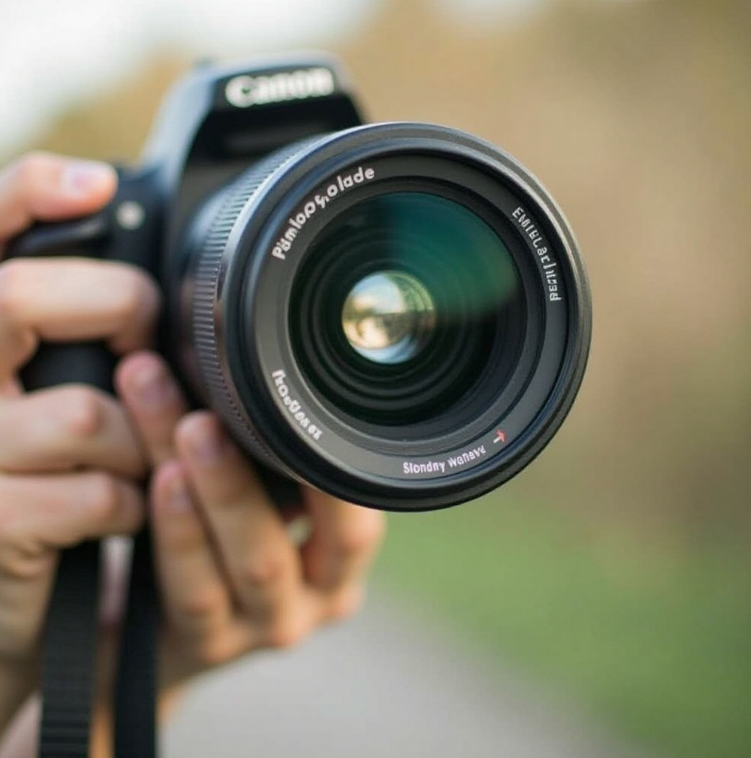 One of the most common mistakes when using telephoto lenses is not using a fast enough shutter speed. Since telephoto lenses magnify even the smallest movements, a slow shutter speed can cause blurry images. To avoid this, it’s recommended to use a shutter speed that’s at least the same length as the focal length. For example, if you’re using a 200mm lens, try using a shutter speed of 1/200 second or faster.
One of the most common mistakes when using telephoto lenses is not using a fast enough shutter speed. Since telephoto lenses magnify even the smallest movements, a slow shutter speed can cause blurry images. To avoid this, it’s recommended to use a shutter speed that’s at least the same length as the focal length. For example, if you’re using a 200mm lens, try using a shutter speed of 1/200 second or faster.
Another mistake is not paying enough attention to the background. Telephoto lenses tend to compress space, which can cause background elements to appear closer to the subject. This can sometimes make the background distracting, especially if it contains unwanted elements. Pay attention to the background and try to use simple, clean backdrops so the subject stands out.
Finally, many photographers forget to stabilize the camera properly when using telephoto lenses. Because these lenses magnify motion, camera shake is more noticeable. Always use a tripod or monopod to keep your camera steady, especially with long lenses or slow shutter speeds.
Telephoto Lens Care and Maintenance
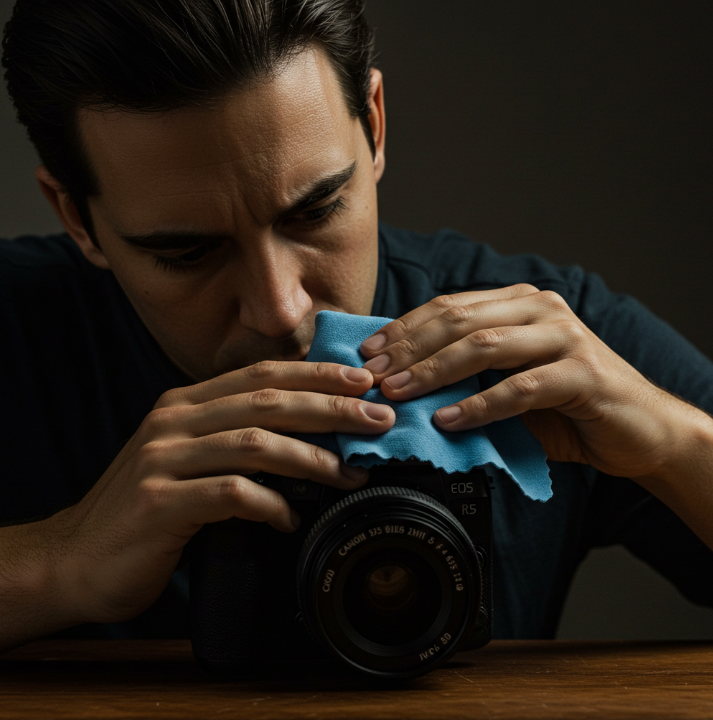 To keep your telephoto lens in good condition, it’s important to clean it regularly. Dust and fingerprints can easily build up on the lens, affecting image quality. Use a microfiber cloth to wipe the lens gently, and be careful not to scratch the surface. If the lens is dirty, use a blower to get rid of dust, or use a lens cleaning solution made for cameras.
To keep your telephoto lens in good condition, it’s important to clean it regularly. Dust and fingerprints can easily build up on the lens, affecting image quality. Use a microfiber cloth to wipe the lens gently, and be careful not to scratch the surface. If the lens is dirty, use a blower to get rid of dust, or use a lens cleaning solution made for cameras.
When storing your lens, keep it in a dry, cool place away from direct sunlight. Moisture and temperature fluctuations can cause internal damage or fogging inside the lens. Using a lens case can also help protect it from scratches and bumps, especially when traveling or storing it for long periods.
Lastly, check your lens periodically for signs of wear and tear. If the lens feels loose or shows signs of damage, it’s important to have it professionally serviced. Regular maintenance will keep your lens in top working condition and help you avoid costly repairs later.
Conclusion
Telephoto lenses are a great choice for anyone looking to take clear and detailed photos from a distance. They let you focus on faraway subjects and bring them closer with ease. A telephoto lens lets you take great shots of wildlife, sports, or landscapes without needing to get too close. It’s a simple way to improve your photography and explore new creative possibilities.
In the end, telephoto lenses offer many benefits that can make your photos stand out. They allow you to shoot distant objects with sharp focus and help you approach subjects without disturbing them. If you want to capture the world in a unique way, a telephoto lens is a great addition to your camera gear.
